Eight Tips to Living in Mexico
One of the most interesting aspects about living in Mexico full time is learning about and adapting to the differences in society between the US and Mexico. Once you cross the border into Mexico, you will immediately begin to experience and participate in these changes. Some changes may be subtle and you will hardly notice them at all, while others very different than what you were accustomed to in the U.S.
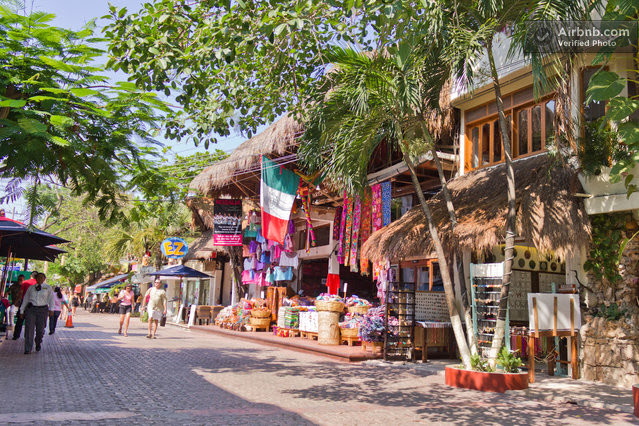
1. Timing is Everything
Okay, forget everything you know about meal schedules. In Mexico, lunch is the main deal, happening between 2-4 pm. It’s like their power hour, especially here in Playa del Carmen. And get this, dinner doesn’t kick in until around 9 pm. So, if you’re a taco lover looking for a midday fix, you’ll have to wait until after 5 pm. Tacos here are like the late-night stars—best enjoyed after dark in a bustling joint.
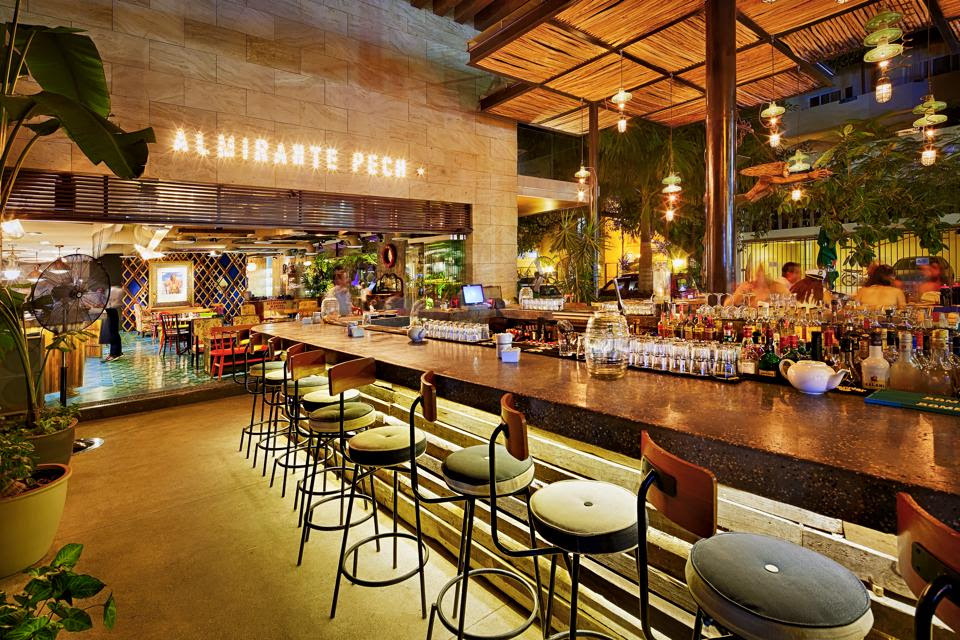
2. Doc in a Box
Healthcare in Mexico is a game-changer. No more waiting for weeks to see a doctor. Just stroll into any pharmacy with a Consultorio, and for about 50 pesos (roughly $2.50), you can consult a local licensed doctor for minor issues. They might even write you a prescription, which you can conveniently fill next door. Plus, most prescription drugs won’t burn a hole in your wallet.

3. Eat Like a Local on a Budget

Around 8 pm is prime time to dive into the local food scene in Centro. From tacos to tlayudas, churros, marquesitas, and more, you’re in for a treat—all for about $5 USD or less. It’s a food fest, and you don’t want to miss it.
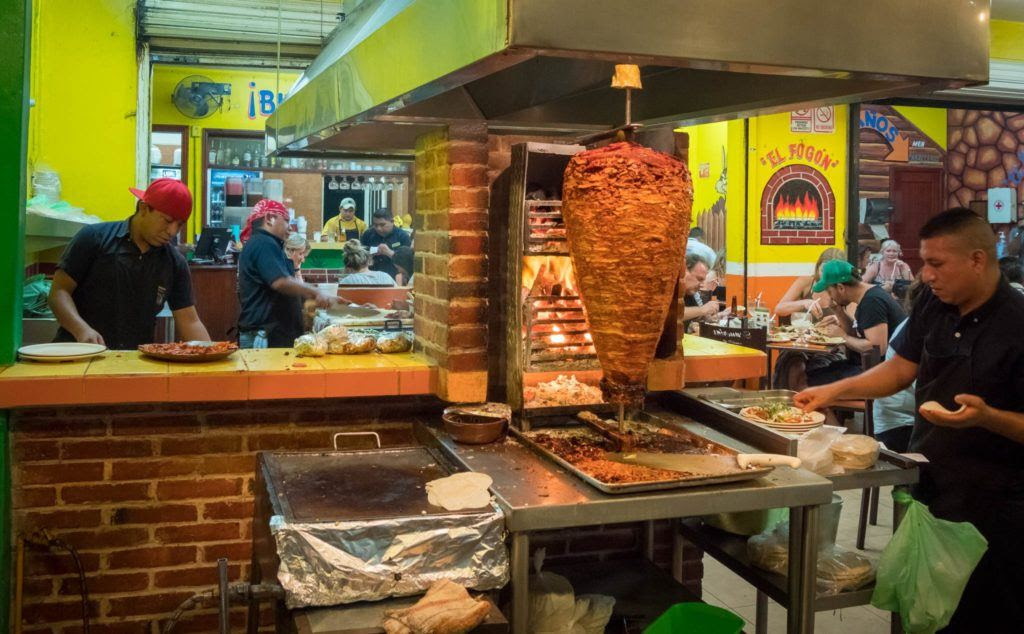
4. Full-Service Pit Stops
Say goodbye to self-service at gas stations. In Mexico, they’re all about the full package—they pump your gas, clean your windows, check your tire pressure, and even top up your fluids. Just remember to tip them between 10 and 20 pesos. Oh, and watch out for pump scams, but don’t worry, our guide has your back on that.
5. Grandma’s Helping Hand
At the supermarket, you’ll find seniors, aka “cerillos,” volunteering to bag your groceries. They’re not employees; they’re part of a government program for seniors over 60. Tipping them 10-20 pesos is the norm, but if they’ve loaded up your pantry for the month, a little extra love won’t hurt.

6. ¡Hola, Hablo Español!
Language is a big deal here. Not everyone outside tourist spots speaks English, so learning a bit of Spanish goes a long way. Learning some basic phrases like “Buenos días” and learning when to use the formal and familiar forms will go a long way. It’s not just about words; it’s about embracing the culture.

7. Mexican Time, Anyone?
We are not talking time zones! Ha! 

Forget American Time. “Ahorita” is the magic word in Mexico, and it means anything from now to tomorrow or even never. Set a specific time when someone throws “ahorita” your way to avoid confusion. It’s a laid-back culture; embrace it, don’t fight it.
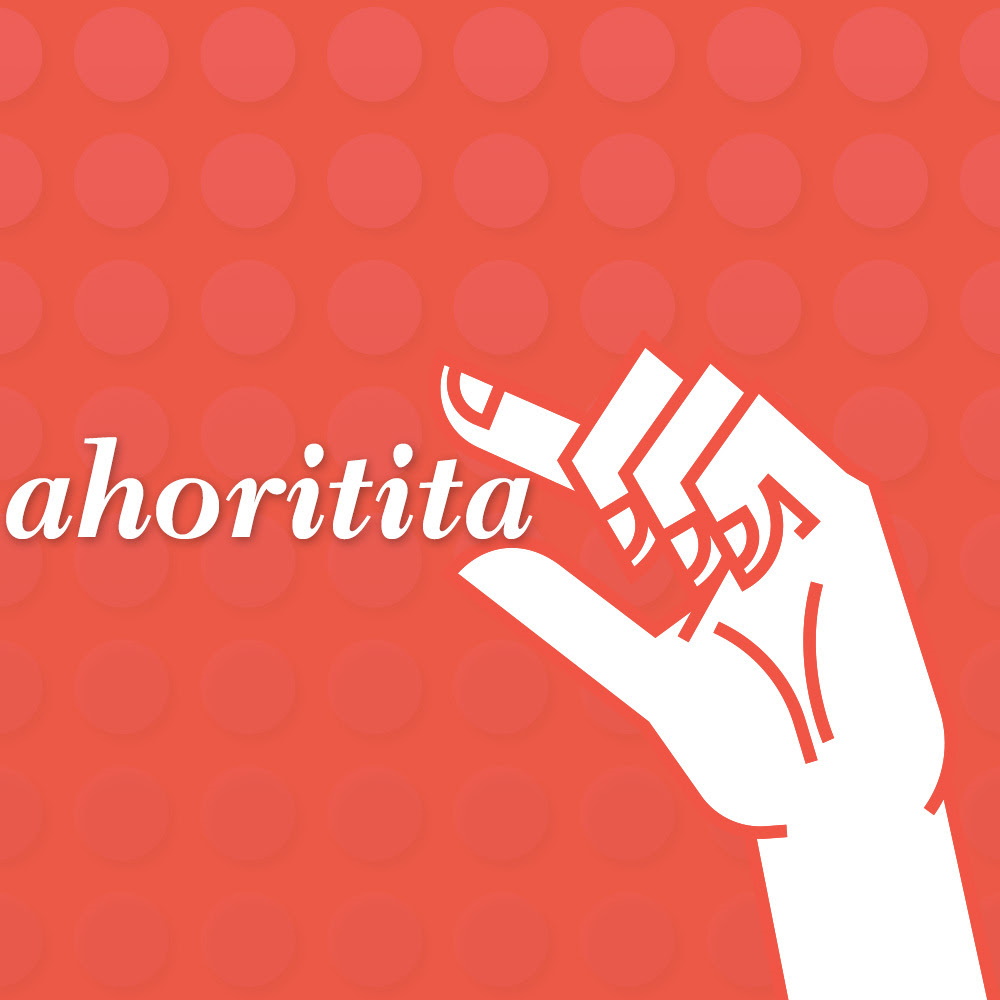
8. Cash is Still King
Plastic might rule back home, but in Mexico, it’s all about pesos. Many places, especially outside tourist areas, deal only in cash. So, get comfortable with those colorful bills and coins. Oh, and avoid banks on the 1st and 15th—trust us on that one.
Ready to dive into the Mexican lifestyle? Grab the FREE Living in Mexico Guide for Expats—it’s free and loaded with everything you need to know. ¡Vamos! 

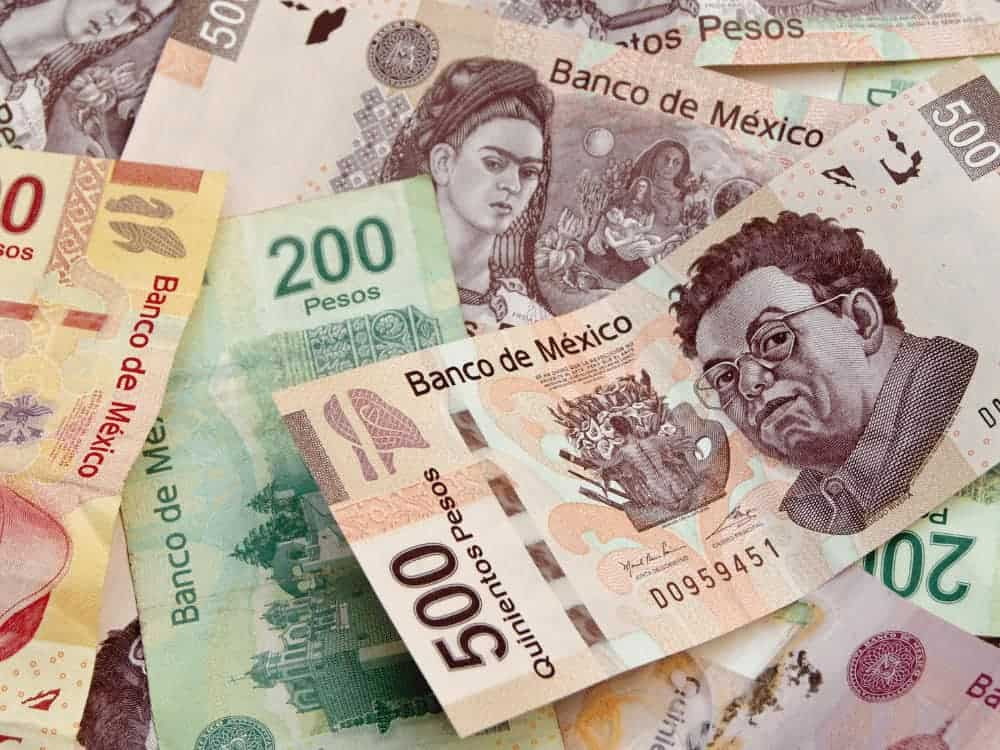
Find out if living in Mexico is right for you- Get instant access to the Living in Mexico Guide for Expats- 2022 Edition

Mexico Relocation Guide


 Moving to a new place, especially to a new country and especially where probably close to no one knows you, is a great chance for personal growth and what lots of expats I’ve interviewed call “reinvention,” a topic I wrote about you can find here:
Moving to a new place, especially to a new country and especially where probably close to no one knows you, is a great chance for personal growth and what lots of expats I’ve interviewed call “reinvention,” a topic I wrote about you can find here: 
 You’ve likely heard about several adjustments you’ll have to make regarding Mexico’s culture. Perhaps you’ve been advised to learn the language and develop more patience, both long-term propositions.
You’ve likely heard about several adjustments you’ll have to make regarding Mexico’s culture. Perhaps you’ve been advised to learn the language and develop more patience, both long-term propositions. 
 Mailing addresses are wonderful in the US and Canada; no one has the same address as you, your address will show up on Google Maps (and in the right place), and when you give your address to Amazon, Amazon accepts it and can deliver to you.
Mailing addresses are wonderful in the US and Canada; no one has the same address as you, your address will show up on Google Maps (and in the right place), and when you give your address to Amazon, Amazon accepts it and can deliver to you.
 Now that you’ve put all your important pieces of paper online, think (and more importantly, feel) what it would be like to lose it all. Maybe you drop your computer, or someone steals it, it’s lost in a fire, or the hard drive crashes unexpectedly, right in the middle of you using it. Feel your frustration, your anger and your fear. All that data, all those pictures, all those personal papers, completely lost forever. That’s nothing you can do about it. Nothing. All gone. You’re devastated as you try to figure out your next move, but there really isn’t one.
Now that you’ve put all your important pieces of paper online, think (and more importantly, feel) what it would be like to lose it all. Maybe you drop your computer, or someone steals it, it’s lost in a fire, or the hard drive crashes unexpectedly, right in the middle of you using it. Feel your frustration, your anger and your fear. All that data, all those pictures, all those personal papers, completely lost forever. That’s nothing you can do about it. Nothing. All gone. You’re devastated as you try to figure out your next move, but there really isn’t one.
 Whenever you move to a new place NOB (“North of the Border”; the US and Canada), you establish new service providers, and none are more important than your doctor and dentist. Sometimes, this takes a while and sometimes, there’s an emergency before you’ve done it. As with so many other considerations about your move, moving to Mexico is just like that, only more so.
Whenever you move to a new place NOB (“North of the Border”; the US and Canada), you establish new service providers, and none are more important than your doctor and dentist. Sometimes, this takes a while and sometimes, there’s an emergency before you’ve done it. As with so many other considerations about your move, moving to Mexico is just like that, only more so.
 Check the expiration dates on everything, including your:
Check the expiration dates on everything, including your:
 A “foreign transaction fee” is the amount your card will charge you in order to exchange the pesos you used the card for to make a purchase in Mexico into the dollars your credit card company uses to charge you on your account. Please check to see that any credit card you will use in Mexico has a zero foreign transaction fee.
A “foreign transaction fee” is the amount your card will charge you in order to exchange the pesos you used the card for to make a purchase in Mexico into the dollars your credit card company uses to charge you on your account. Please check to see that any credit card you will use in Mexico has a zero foreign transaction fee.
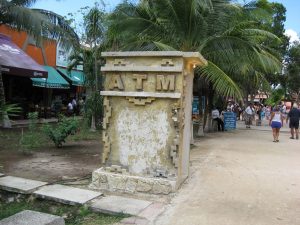 Lots of people who live in Mexico don’t have a Mexican bank account. Instead, they pay everything via cash or credit card and for larger purchases, via PayPal, wire transfers or ACH (which is like a bank transfer, but generally much less expensive and faster). When they want pesos, they use their debit card at a Mexican ATM machine.
Lots of people who live in Mexico don’t have a Mexican bank account. Instead, they pay everything via cash or credit card and for larger purchases, via PayPal, wire transfers or ACH (which is like a bank transfer, but generally much less expensive and faster). When they want pesos, they use their debit card at a Mexican ATM machine.
 It won’t be all that unusual for you to want to transfer from US or Canadian dollars to Mexican pesos, perhaps to pay someone more money in Mexico than you have in cash. Also, if you decide to get a Mexican bank account, you’ll also have to fund it. If you do this through a bank-to-bank transfer, you can do it through your bank, or alternatively, you can try the service I use, along with lots of other expats: Transferwise.
It won’t be all that unusual for you to want to transfer from US or Canadian dollars to Mexican pesos, perhaps to pay someone more money in Mexico than you have in cash. Also, if you decide to get a Mexican bank account, you’ll also have to fund it. If you do this through a bank-to-bank transfer, you can do it through your bank, or alternatively, you can try the service I use, along with lots of other expats: Transferwise.